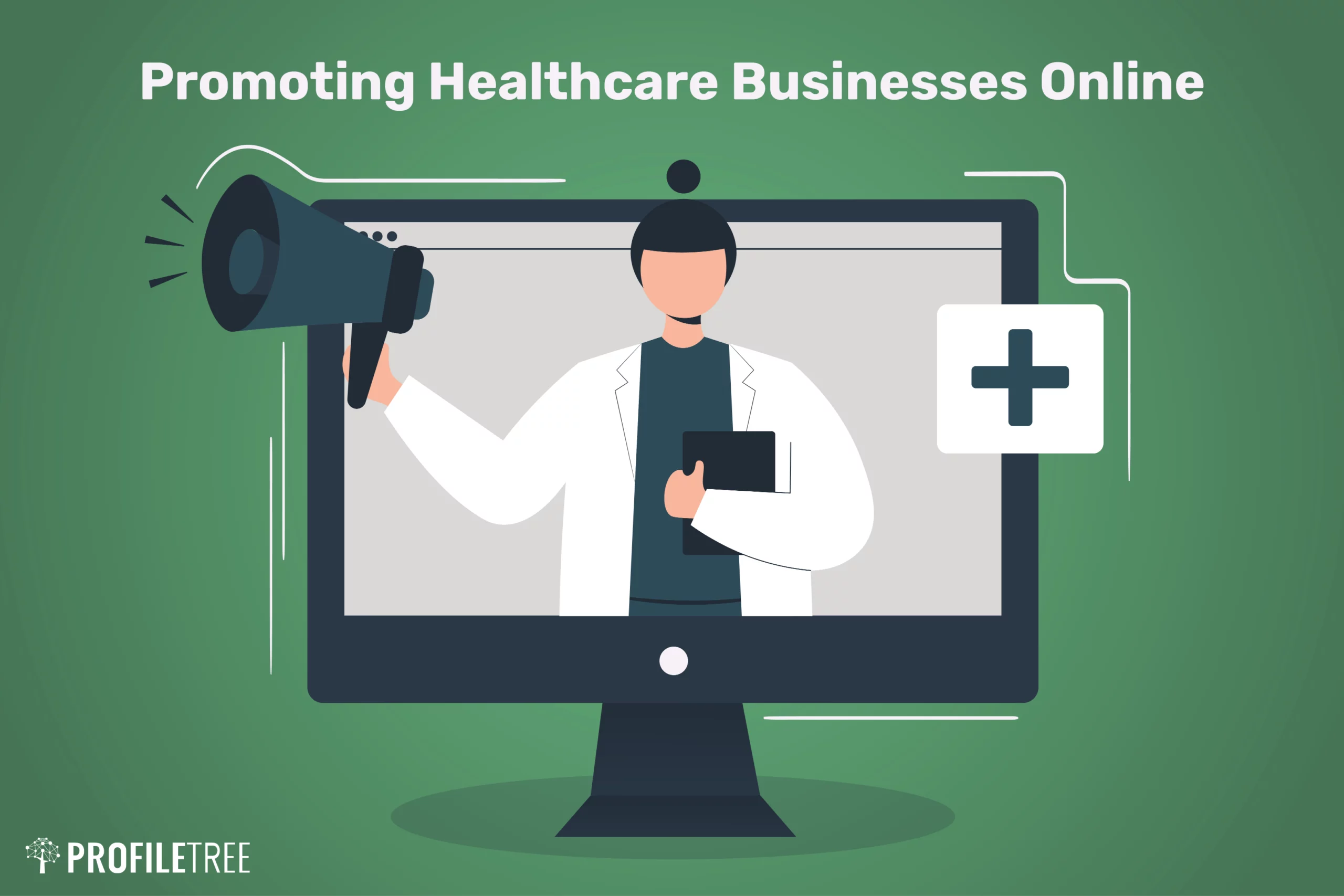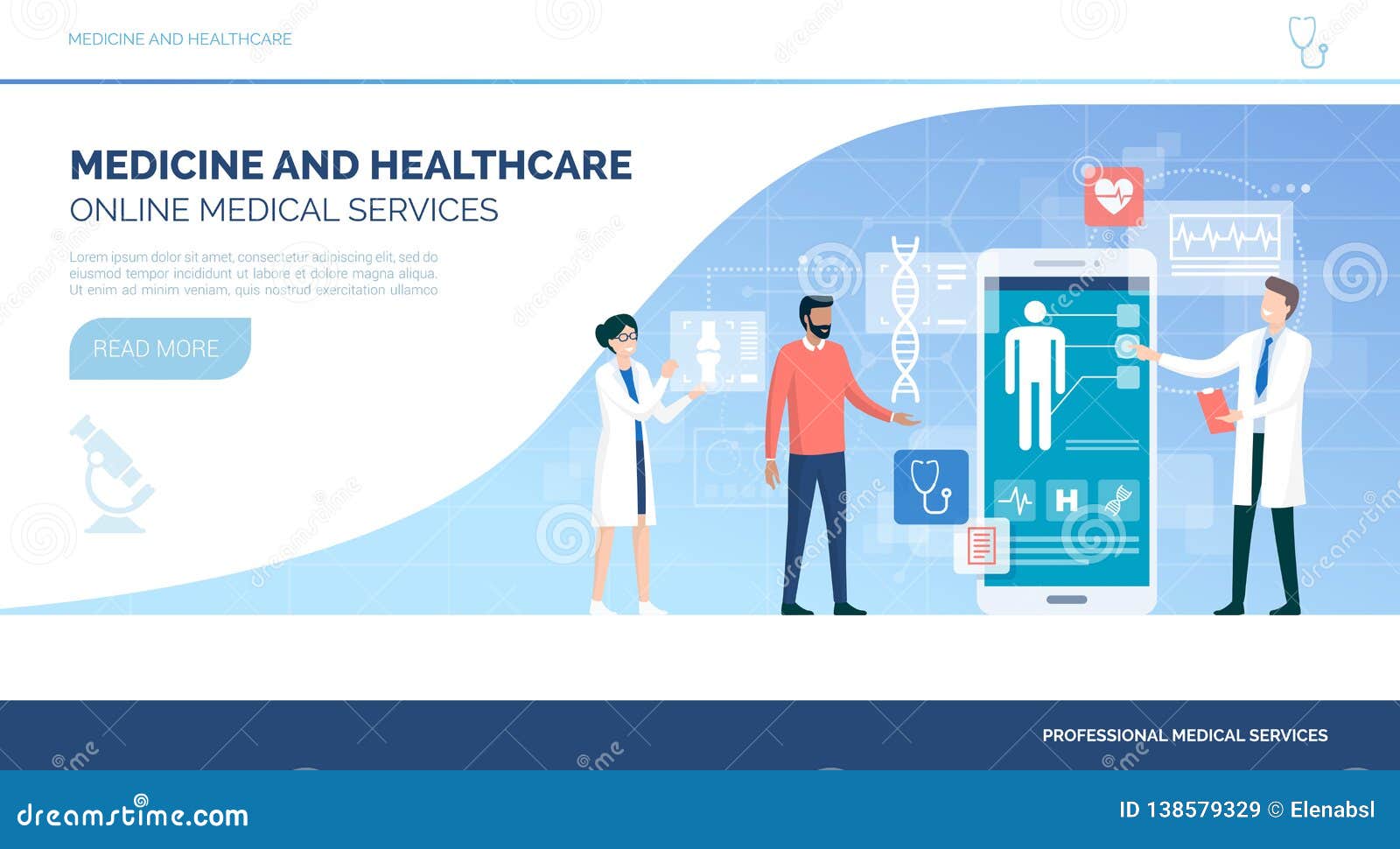Discovering the Growth of Subscription Based Healthcare in the Digital Age
Discovering the Growth of Subscription Based Healthcare in the Digital Age
Blog Article
Understanding the Cost-Effectiveness of Subscription-Based Healthcare Models
As the medical care landscape advances, subscription-based versions become a compelling choice, promising to redefine exactly how individuals manage medical costs. Assessing these versions' cost-effectiveness demands a nuanced contrast with typical insurance, taking into consideration both financial implications and client contentment. While they provide transparency and predictability in expenses, inquiries continue to be concerning their ability to satisfy diverse medical care requirements, specifically for specialized therapies. The perspectives of doctor better complicate this equation, offering a diverse challenge. What does the future hold for these designs, and can they truly supply on their promise of obtainable, budget-friendly care?
Summary of Subscription-Based Versions
Subscription-based healthcare models, often described as straight health care or concierge medication, are progressively obtaining attention as a prospective option to ineffectiveness within standard medical care systems. These versions run on the concept of offering clients straight accessibility to doctor via a monthly or annual cost, bypassing the demand for standard insurance coverage mechanisms. This arrangement aims to simplify patient-provider interactions by decreasing management burdens, which frequently prevent personalized and timely care.
At the core of subscription-based models is the focus on a more customized client experience. Clients gain from improved accessibility to their medical professionals, commonly including same-day or next-day visits, prolonged examination times, and direct interaction networks such as phone or video calls. This design fosters a proactive approach to health care, where clients and suppliers can collaboratively concentrate on preventative care and chronic illness monitoring.

Expense Comparison With Traditional Insurance

One of the primary economic benefits of subscription designs is openness in costs. On the other hand, standard insurance coverage may be much more advantageous for individuals calling for specialized care or pricey therapies not covered under a registration design, as they benefit from the wider insurance coverage network and cost-sharing mechanisms.
However, cost-effectiveness is context-dependent. While registration models could supply financial savings for those mostly requiring main care, individuals with persistent conditions or specialized medical care demands may discover traditional insurance policy extra detailed. Examining specific healthcare demands and possible usage is important in establishing the most affordable option for people.
Effect On Person Complete Satisfaction
Person satisfaction within subscription-based health care models often reflects a considerable renovation over traditional insurance policy systems. This enhancement is mostly credited to the personalized treatment and availability these versions offer. Patients often report greater satisfaction as a result of lowered delay times and the ease of organizing visits. Unlike typical systems, where patients could experience hold-ups in getting care, subscription-based designs ensure even more direct and prompt communications with healthcare service providers.
Additionally, the openness in prices connected with subscription-based medical care eases the usual disappointments related to unforeseen costs and complex payment procedures seen in conventional insurance policy (subscription based healthcare). Patients value recognizing the precise monetary commitment upfront, causing enhanced count on and self-confidence in their medical care administration
Furthermore, the emphasis on precautionary treatment and health in registration versions adds to boosted health and wellness end results, even more improving patient contentment. By concentrating on recurring health upkeep instead of anecdotal care, clients experience a more alternative and continuous health care journey.
Moreover, the boosted provider-patient relationship promoted in Learn More these versions, defined by even more time invested per patient and customized focus, plays a crucial role in boosting person fulfillment levels, as people really feel genuinely cared for and understood.
Service Provider Viewpoints and Experiences
From the service provider's perspective, subscription-based medical care designs supply a transformative strategy to providing clinical solutions. These designs stress a preventative and positive healthcare method, enabling carriers to concentrate on extensive patient treatment without the restrictions of conventional fee-for-service setups (subscription based healthcare). This change in emphasis typically causes improved individual end results and boosted provider fulfillment, as health care specialists can allocate more time and resources to client involvement and customized care strategies
In addition, subscription models facilitate predictable earnings streams, which boost monetary stability for doctor. This predictability permits for boosted resource planning and allocation, adding to a much more efficient healthcare shipment system. Suppliers can spend in staff modern technology, framework, and training enhancements, thus improving the top quality of treatment provided.
However, the change to subscription-based models is not without obstacles. Carriers must adapt to brand-new functional frameworks, which can entail substantial changes in billing methods and patient monitoring systems. In addition, there is an integral need for durable information management to track person end results and ensure quality care. In spite of these hurdles, numerous service providers locate that the benefits of enhanced person interaction and structured operations surpass the first obstacles, making subscription-based versions an appealing option.
Future Leads and Obstacles

A primary obstacle is regulative conformity, as subscription models have to follow advancing healthcare policies and insurance policy needs. This necessitates continuous adaptation and innovation to make sure alignment with legal criteria. Additionally, incorporating these designs into existing healthcare facilities can be complicated, requiring considerable financial investments in innovation and training.
There is additionally the prospective danger of producing injustices in healthcare accessibility, as membership versions may favor those who can manage them, leaving susceptible populations underserved. Resolving this needs thoughtful consideration of pricing strategies and aid mechanisms to guarantee inclusivity.
Final Thought
Subscription-based health care designs present a viable choice to conventional insurance policy by offering economic predictability and transparency, specifically benefiting people with chronic conditions or constant health care needs. The cost-effectiveness of these versions rests upon individual health care use patterns and scenarios. While they may improve patient fulfillment and enhance budgeting, obstacles remain in dealing with specialized treatment needs. Future factors to consider consist of balancing comprehensive protection with price and integrating these versions within the broader health care system for optimum outcomes.
Subscription-based medical care versions, often referred to as straight click reference main care or concierge medicine, are progressively gaining interest as a possible service to inefficiencies within typical healthcare systems. Unlike Homepage conventional systems, where individuals could experience delays in getting care, subscription-based versions make sure even more direct and timely communications with medical care service providers.
These models emphasize a aggressive and preventative health care strategy, allowing carriers to focus on detailed person care without the restraints of conventional fee-for-service setups. As these models proceed to acquire grip, they provide the prospective to transform individual access to care, enhance solution shipment, and optimize health care spending.Subscription-based medical care designs offer a feasible alternative to traditional insurance coverage by providing financial predictability and openness, particularly profiting individuals with persistent conditions or frequent health care needs.
Report this page